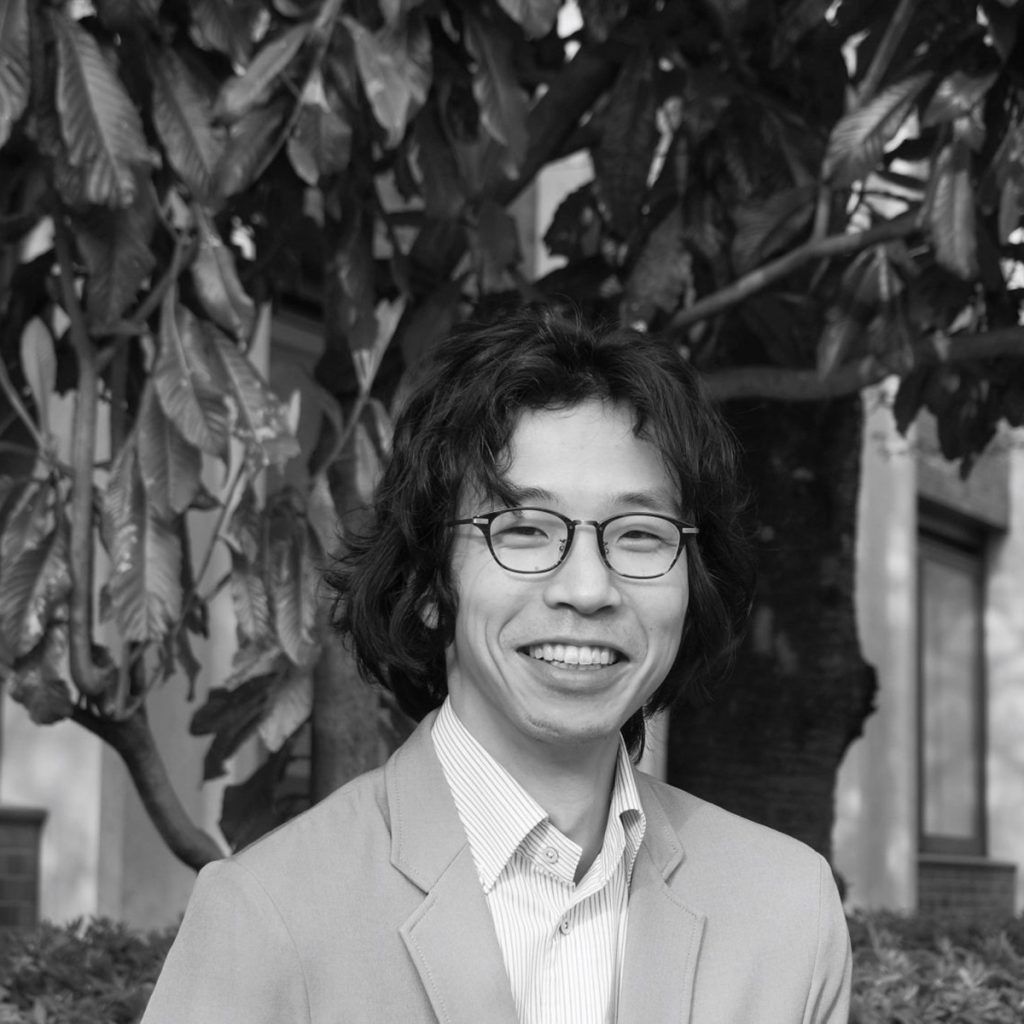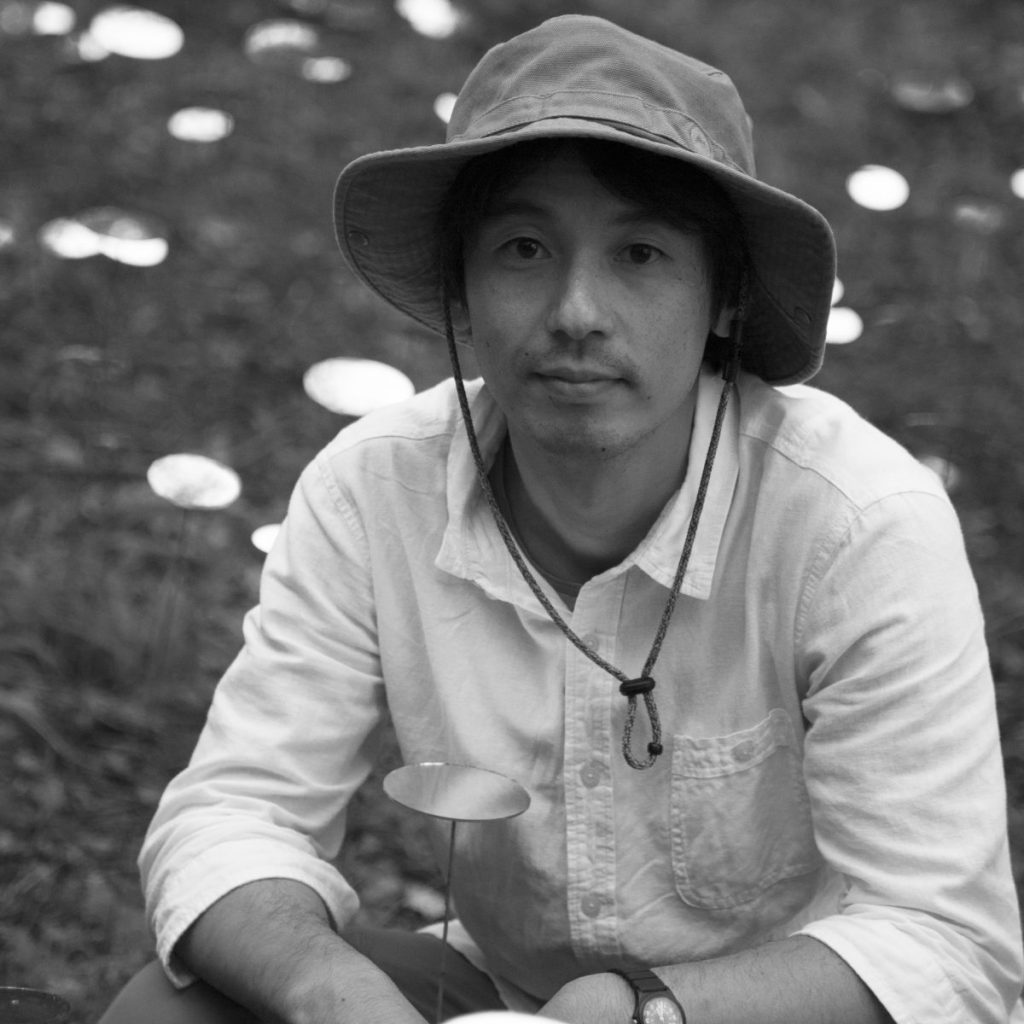The 13th Design Fundamentals Seminar, "Intersection between Photography and Design"
Historically, photography and design may have been placed in somewhat similar positions as subjects of theory and practice. However, there are by no means many discussions that make it possible to cross over between the two fields. In this seminar, Masuda, a researcher specializing in photography theory, and Kuriyama, an artist who has incorporated photography into his work, will look back on the discussions at the intersection of photography and design, and attempt a dialogue on the possibilities of the two fields.
Lecturer
Nobuhiro MASUDA
Lecturer at the Faculty of Design, Kyushu University. Specializes in aesthetics, theory and history of photography and visual media. He has also expanded his research to include visual cultures and bio-media art/design.
Hitoshi KURIYAMA
Artist. Associate Professor at the Faculty of Design, Kyushu University. Through his artworks, he explores the equivalence of “nothingness” and “existence”. His major activities include the “54th Venice Biennale collateral event Glasstress” at the Old Glass Factory of Murano Island, Venice, Italy, and “What Dwells Inside” at S12 Galleri og Verksted, Bergen, Norway. http://hitoshikuriyama.com
Date
June 3rd, 2020: 16:30-18:30
Venue
Online
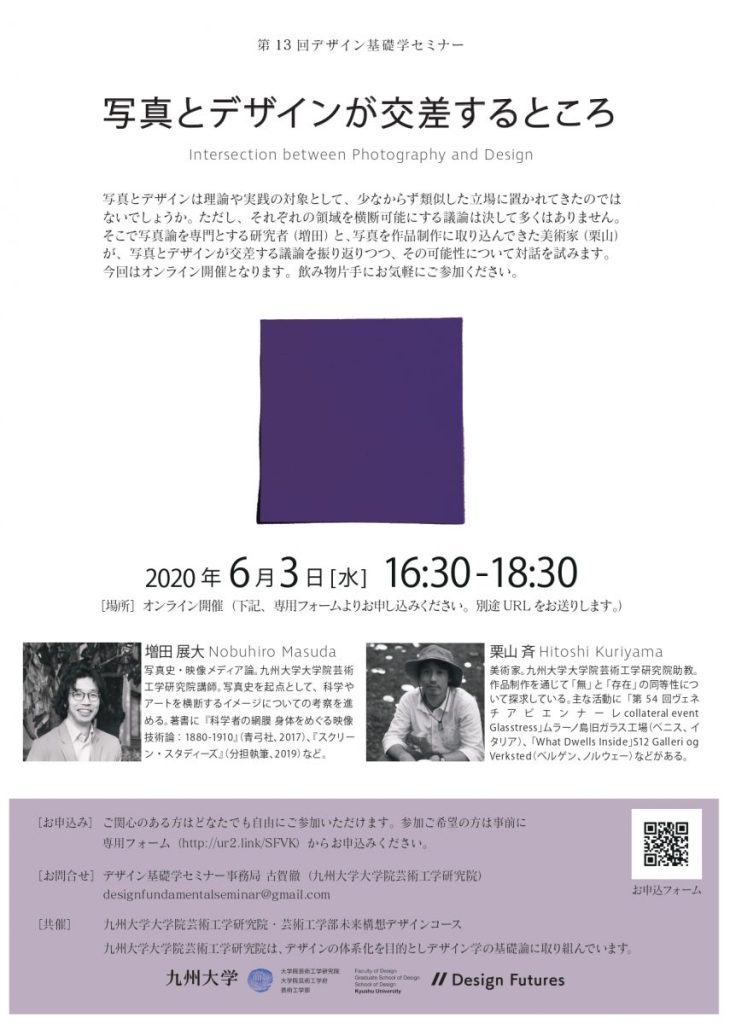
Review
Photograph functions as evidence to capture an actual object. A scanned image of ancient scripts with high resolution can no longer show the difference from the original and moving and still footage of a moment of a crime can be used as decisive evidence of a crime. Photography confirms reality and clarifies it.
According to media theory, however, these evidence photographs fictionalize reality at the same time. A photograph deprives reality of its realness and makes it more unfamiliar to the viewer.
Masuda explains his argument by demonstrating artist Hitoshi Kuriyama’s work, 0=1 -medium: blue snowfield (2010). This work is an image photographed 700 km above the Earth’s surface by a satellite, which reflects a snowy field that appears bluish because of the effect of scattered light in the air. We usually regard snowy fields as white, but in this image, we observe the color reflected by the distant space, and literally “the blue Earth is connected to the outer space.”
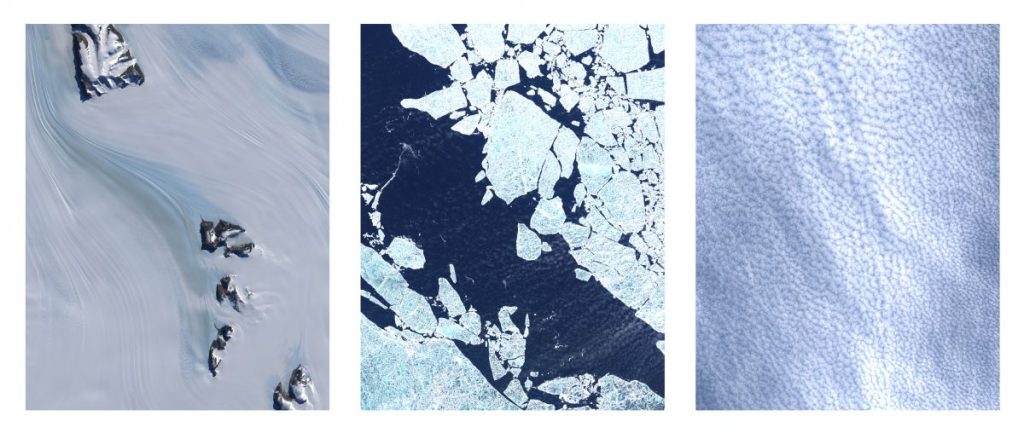
Likewise, another of his work, 0=1 -trace of light (2009), shows a moment when a photographic paper is directly exposed to light caused by when the fuse has been blown. This phenomenon happens at an in-between point where a substance changes into nothing, namely, an extremity of transformation when 0=1 becomes enabled. The series of Kuriyama’s works bear witness to a moment of the life-death of a matter and also prove, only at such a moment, a phenomenon can be produced.
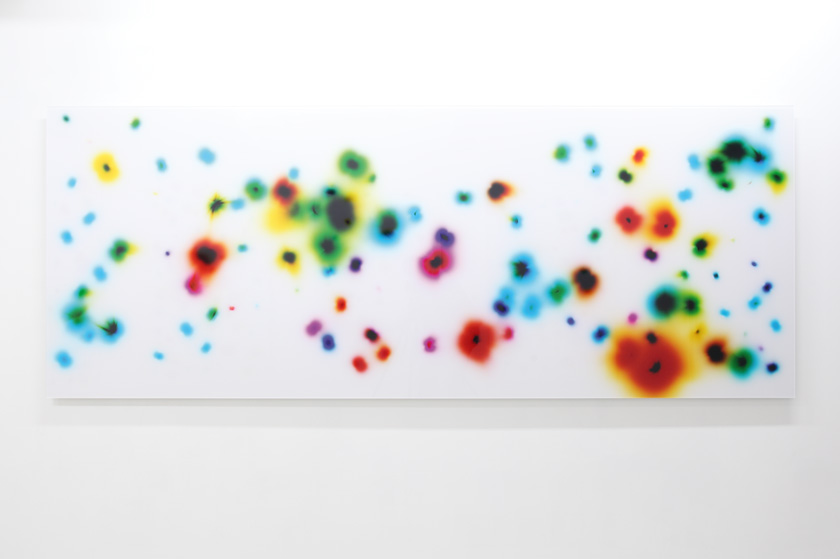
In looking at “evidence photography,” one realizes something all at once: Masuda, referring to Koji Taki’s term “miniature model,” points out the way a photograph differentiates it from reality. It is said that models work to give effect to confirm reality, showing us an accurate appearance of reality. Yet, this model can change one’s worldview fundamentally.
We can ask ourselves a question: why does an architect make a mock-up of reality? That is not because she checks what the design will look like using a model. Rather, it means to change the actual scale of reality, to place the design product in it, and thus to gain a new perspective of the world as well as a new meaning to her creation.
Masuda claims that the 20th-century media theorist, Vilém Flusser, calls an operation to give a new form of reality as “in-form.” In-formation means to take “the form” from the existing matter away and to inscribe a new “form” onto it. If it is the case, designing is a constant management of in-formation.
When being asked by a police officer to check your driver’s license to confirm if it has the proper name and address at a driver’s school, most people look at their own ID photograph. To check their ID photograph does not mean to reconfirm themselves, but to discover their own new self-image embedded within the frame of a driver’s license. That is a kind of theater, where one plays a certain role, for looking at a drama brings us always a certain pleasure.
(KOGA Toru)
